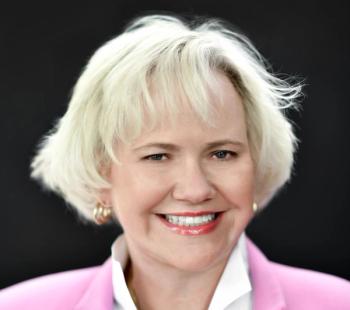
Could more transparency improve hospital capacity?
Two healthcare experts said the COVID-19 pandemic shows the need for better and more open plans.
The COVID-19 pandemic has illustrated the need for hospitals to find ways to treat more patients.
In an
They cited two hospitals of similar size in Spokane County in Washington state. At one point in the pandemic, one was filled to 92% of capacity, while the other was only at 30% of capacity. Better coordination could have improved care or at least relieved stress on one facility.
The authors offer an interesting proposal to promote transparency and thus improve capacity: using accounting standards backed by the Securities and Exchange Commission.
Regina Herzlinger, a professor at the Harvard Business School, and Richard Boxer, a professor in the David Geffen School of Medicine at the University of California, Los Angeles, make the case that the SEC could help create a workable accounting standard for surge capacity plans.
They call for developing a standard set by the Financial Accounting Standards Board, an organization empowered by the SEC to set financial reporting standards for companies and non-profit groups.
The SEC, while not exactly perfect, has managed to bring more transparency and trustworthy information for investors, the authors contend.
Patients could choose hospitals with the best plans, while healthcare organizations with below-average surge capacity would be prodded to improve, the authors state.
Another advantage by going this route would be sparing more work for the U.S. Department of Health and Human Services, which has received criticism from its pandemic response. The
In their proposal, hospitals would have to outline their surge capacity plans in their financial disclosure statements.
“For-profit hospitals and debt-financed nonprofits that lack adequate surge capacity plans may be financially hard hit by new requirements, of the kind we propose,” the authors argue. “They will likely be rated as riskier than hospitals that have credible plans for surge capacity. Nonprofit hospitals with excellent surge capacity may experience a boost in donations, which are strongly correlated to good performance.”
For their plan to work, the accounting standards would have to be uniform. They’d also need to be accessible for consumers and explained in clear language that people could understand, the authors said.
There are other methods of addressing capacity, they acknowledge. Hospitals could develop their own surge capacity plans within networks or regions, but the authors say that hasn’t happened.
The authors also said one popular idea to address capacity - using a government corps of public health workers - is admirable but not practical. Since there’s a shortage of doctors and nurses, they said it wouldn’t be feasible to find the people needed for such a corps.
However, instilling more transparency could help the healthcare system be more prepared and capable for future emergencies, they concluded.






















































































